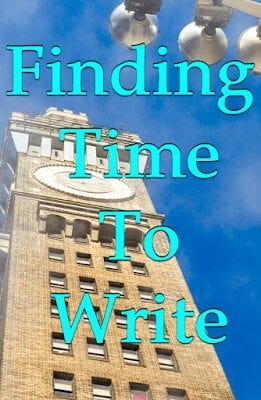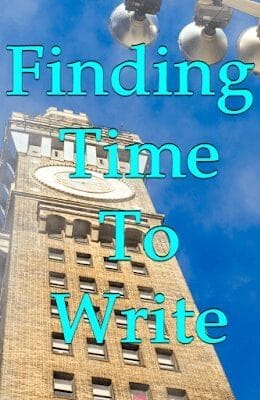
Authors have to write and market their books, both of which are full-time jobs. Indie and small press authors often do all of that along with formatting their books, designing covers, researching keywords, updating their books…..on top of having a full-time job because most writers can’t make a living off of their books.
Being an author, in general, is a huge time suck.
Here’s my life:
I usually release three books a year. I update this blog three times a week while being active on Twitter, Facebook, Instagram, Pinterest and LinkedIn, Flickr and DeviantArt. I design premade book covers among other images. I’m selling photographs which means taking a lot of pictures, sorting them, editing them and attaching keywords because searching 18,000 images is a pain.
 I release a newsletter the last Monday of every month. I’m also submitting stories and photographs to contests. Somehow, I have to fit exercise and sleep in there. I got a Masters while I wrote and published several books, which meant writing, designing covers, formatting books, researching trends, applying edits…
I release a newsletter the last Monday of every month. I’m also submitting stories and photographs to contests. Somehow, I have to fit exercise and sleep in there. I got a Masters while I wrote and published several books, which meant writing, designing covers, formatting books, researching trends, applying edits…
How can you manage your time so you won’t go insane?
Side note: there might be some moments when you do go insane. I had to write, blog and social media while working on my thesis project. One day, I started crying for no reason. My parents said I was overwhelmed and encouraged me take a break for the rest of night. I couldn’t since I had to blog but I did take a small break to recharge.
Surround Yourself with Supporters
The only way I made it through my thesis project was because I had people around me who supported me. When you need help, tell your peeps- even your non-writer ones. If you don’t have support, try going to writing Meetups. The library is another good way to meet people. One of my libraries often has free classes on things like social media marketing.
Social Media Schedulers
Interestingly enough, I don’t spend a lot of time on social media. I schedule all my content through Hootsuite and Tailwind. I’m paying for both. All my accounts are on Hootsuite.
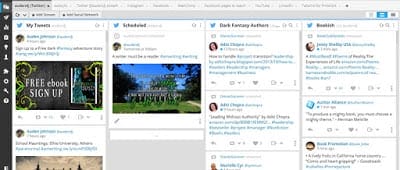
Since I have notifications set up on my tablet and phone, I don’t need to be on the networks unless I get some engagement. I can schedule Instagram but it is something I’m on every day. Instagram requires you to be on the app. I don’t mind. It’s easy and fun. I’m already taking a ton of pictures.
I don’t need to be on LinkedIn, DeviantArt and Flickr every day or even every week. For LinkedIn, I can monitor groups on Hootsuite and engagement on my phone.
Weekly Schedule
Most of the things I mentioned above, I don’t do every day.
- Sunday- Schedule Blogs/start The Week in Links
- Monday- Design
- Tuesday- Search for contests and magazines to submit my stories and photos
- Wednesday- Photography
- Thursday- Photography
- Friday-Design
Side note: This schedule isn’t set in stone. Right now, I’m not editing or formatting a book. If I was, one of those design or photography days would be for working on the book.
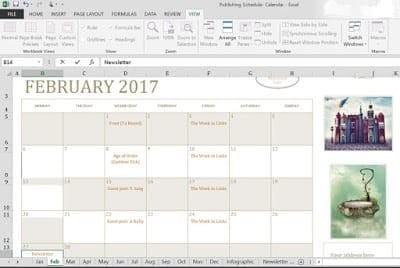
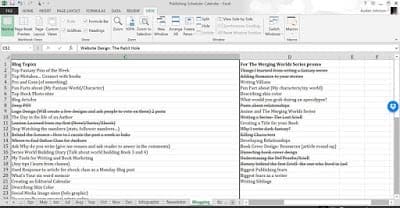

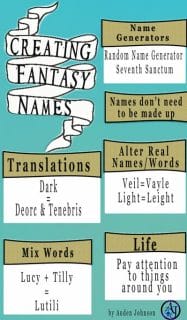

How to find time to write: 9 tips to get words down
Tips for Writing and Working Full-Time

